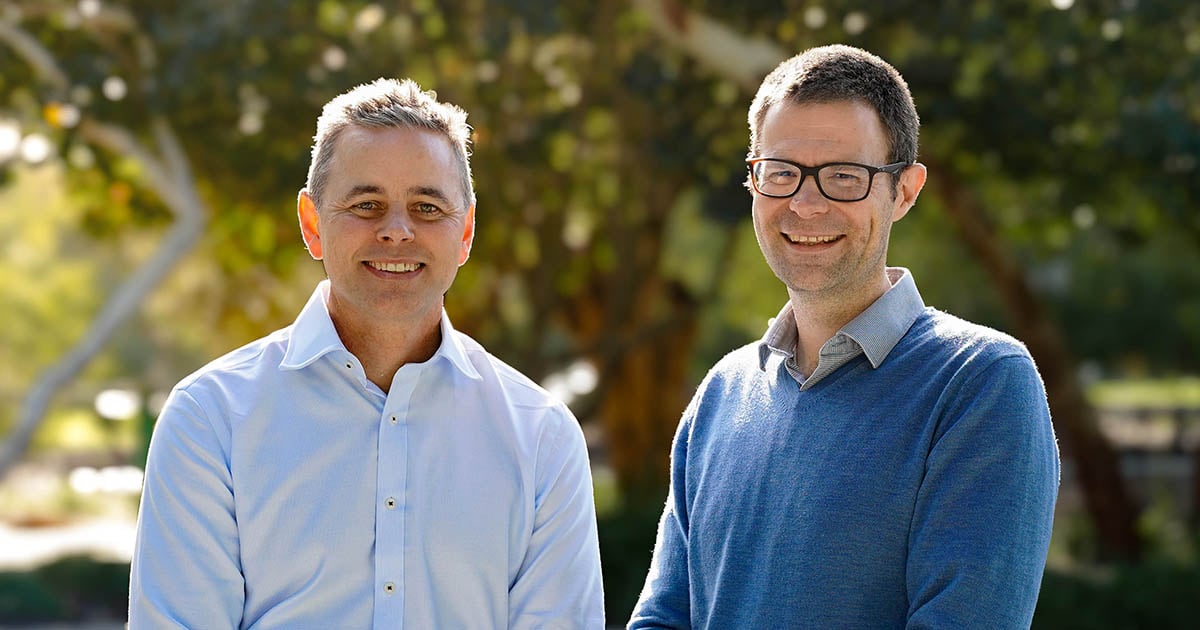Search
Showing results for "autism"
Research
Experiences Impacting the Quality of Life of Mothers of Children With Autism and Intellectual DisabilityMothers of autistic children and adults bewtween 11 and 24 years old were interviewed about the impacts and rewards associated with their children's disability.
Research
The broader language phenotype of Autism: A comparison with Specific Language ImpairmentSome individuals with autism spectrum disorders (ASD) experience linguistic difficulties similar to those found in individuals with specific language...

News & Events
Researchers at The Kids push back against claims linking paracetamol to autismResearchers at The Kids Research Institute Australia have pushed back against claims by US President Donald Trump linking paracetamol use during pregnancy to autism.
Research
A comparison of autism prevalence trends in Denmark and Western AustraliaPrevalence statistics for autism spectrum disorders (ASD) vary widely across geographical boundaries. Some variation can be explained by diagnostic methods...
Research
Narrowing the broader autism phenotype: A study using the Communication ChecklistThis study investigated whether the Communication Checklist - Adult (CC-A) could identify subtypes of social and communication dysfunction in autism probands an
Research
Prenatal maternal stress events and phenotypic outcomes in Autism Spectrum DisorderASD, in the context of prenatal maternal stress exposure, may be associated with a more severe phenotype, particularly when there are multiple prenatal exposures
Research
A realist evaluation of peer mentoring support for university students with autismStandard peer mentoring approaches can be enhanced to meet the needs of students with ASD by including training for mentors on ASD
Research
Social impairments in autism spectrum disorder are related to maternal immune history profilethis study is the first to show an association between immune activation history in the mother and increased ASD symptom severity in children with ASD
Research
Randomised controlled trial of an iPad based early intervention for autism: TOBY playpad study protocolThis trial will determine the effectiveness of the TOBY App as a therapeutic complement to other early interventions children with ASD receive
Research
Beyond the hype and hope: Critical considerations for intranasal oxytocin research in autism spectrum disorderIn this review, we comprehensively evaluate the rationale for oxytocin as a therapeutic, evaluating evidence from various various sources.
